The North Gate relic, also known as Chinh Bac Mon, is an original relic from the Nguyen Dynasty, built in 1805 with materials mainly reused from the Le Dynasty. According to some French photographs taken in the late 19th century, outside the North Gate there is a water moat running around the citadel in the model of a traditional oriental citadel. The road leading to the North Gate citadel is made of earth with steps to go up. On it, the Nguyen Dynasty's army arranged a number of gun emplacements and cannons to protect the citadel, and there were soldiers patrolling and guarding. The citadel wall was built of stone in the form of a parabolic arch. The North Gate is 8.7m high, 17m wide, and 20.48m thick. The gate faces North, 15 degrees to the West, is trapezoidal in shape, with an arched interior built of bricks, and the edge of the door is lined with rectangular stone. Above the main door arch is a plaque carved in green stone with three Chinese characters "Chinh Bac Mon". Some researchers believe that the method of building the North Gate citadel also has some similarities with the way of building the arch gate of the Ho Dynasty citadel in Thanh Hoa.

The place where a section of the wall built with Le dynasty bricks was discovered.
In 1998, at the Cua Bac relic, at a depth of 1.66m and 2.20m, archaeologists discovered traces of a section of the Le Dynasty citadel wall built of stone and bricks, with a 1.2m thick foundation. Underground, this area still contains many valuable archaeological values. This is the only remaining gate of the Hanoi Citadel of the Nguyen Dynasty.
Besides the front facade from the outside, people can easily recognize the point that was carved deep into the wall. That is evidence of the French colonialists' artillery invasion in the second invasion of Hanoi in 1882 and the resistance of our army and people. During that war, Governor Hoang Dieu heroically commanded the Hanoi army and people to fight to protect the citadel.

North Gate relic.
The Cua Bac relic is associated with the names of two Governors, Nguyen Tri Phuong and Hoang Dieu.
Governor Nguyen Tri Phuong was from Phong Dien district, Thua Thien province. Before the French colonialists invaded Vietnam, Nguyen Tri Phuong often focused on economic development and people's livelihood issues. He was interested in land reclamation, settlement, and plantation establishment in the Vinh Te canal area. During this time, he held the position of Dong Cac Dai Hoc Si.
Governor Hoang Dieu was from Dien Ban district, Quang Nam province. He was born into a family with many successful scholars. He held many official positions. In 1880, Hoang Dieu took office as Governor of Ha Ninh, organizing the defense of Hanoi and taking care of the people's lives.
In the two battles to defend the citadel, Nguyen Tri Phuong and Hoang Dieu showed their heroic fighting spirit, sacrificing themselves for a greater cause.
The first time took place at the end of 1873 with the commander being Governor Nguyen Tri Phuong. On May 27, 1873, Nguyen Tri Phuong brought troops from Son Tay to defend Hanoi citadel. After many times Dupuis sent letters demanding that he "surrender the citadel" with threatening words. At about 6:00 a.m. on November 20, 1873, Francis Garnier ordered the capture of Hanoi citadel. Nguyen Tri Phuong stationed troops in the citadel with 5,000 soldiers, but with outdated weapons. Two gunboats Espingole and Scorpion on the Red River, under the command of Lieutenant Bany, fired cannons 1,200 meters from the citadel. Lieutenant Bany led the navy to attack the Southwest gate, while Francis Garnier led the marines to attack the Southeast gate, the main gate of Hanoi citadel. After only one hour of fighting, Hanoi citadel fell. Governor Nguyen Tri Phuong was seriously injured and was taken to his residence. The enemy took advantage of the situation to storm the citadel and capture him. They tried to treat him, but he resolutely went on a hunger strike and refused to let them apply medicine to his wound. Exactly one month later, Nguyen Tri Phuong passed away. To express his condolences, King Tu Duc personally wrote a funeral oration with heartfelt sentiments. His name is worshiped at Trung Liet Temple to set a shining example for all eternity.

The cannonball marks of the French army fired at Hanoi citadel during the second attack on the citadel.
The second battle to defend Hanoi citadel is associated with Governor Hoang Dieu. On the morning of April 25, 1882, Hangri Rivie sent an ultimatum to Hoang Dieu demanding that the fortifications be dismantled and the citadel be "surrendered". At 8 o'clock that morning, the French opened fire on the North Gate and attacked all the gates of the citadel. Hoang Dieu personally commanded the battle. Suddenly the gunpowder depot caught fire, the French took advantage of the opportunity to climb up the West gate of the citadel, broke the gate, and then rushed into the citadel. In the unequal battle, unable to resist, Hanoi citadel fell. He knew he could not resist any longer, so he went to the palace to write a will to King Tu Duc, then went to Vo Mieu to take his turban and commit suicide to preserve his integrity. Hoang Dieu upheld the spirit of patriotism, his integrity is a shining example for many generations of Vietnamese people to follow.
Currently, on the Watchtower of the Cua Bac relic, two Governors are worshiped, Nguyen Tri Phuong and Hoang Dieu, who heroically commanded the army and people of Hanoi when Hanoi fell into the hands of the French.
With its profound historical value and significance, the Cua Bac relic will be a destination for those who want to return to traditional tourism, a place to remember the contributions of the two Governors Nguyen Tri Phuong and Hoang Dieu in the struggle to preserve Hanoi citadel.
Source: https://hanoi.qdnd.vn/van-hoa-the-thao/ghe-tham-di-tich-cua-bac-474091



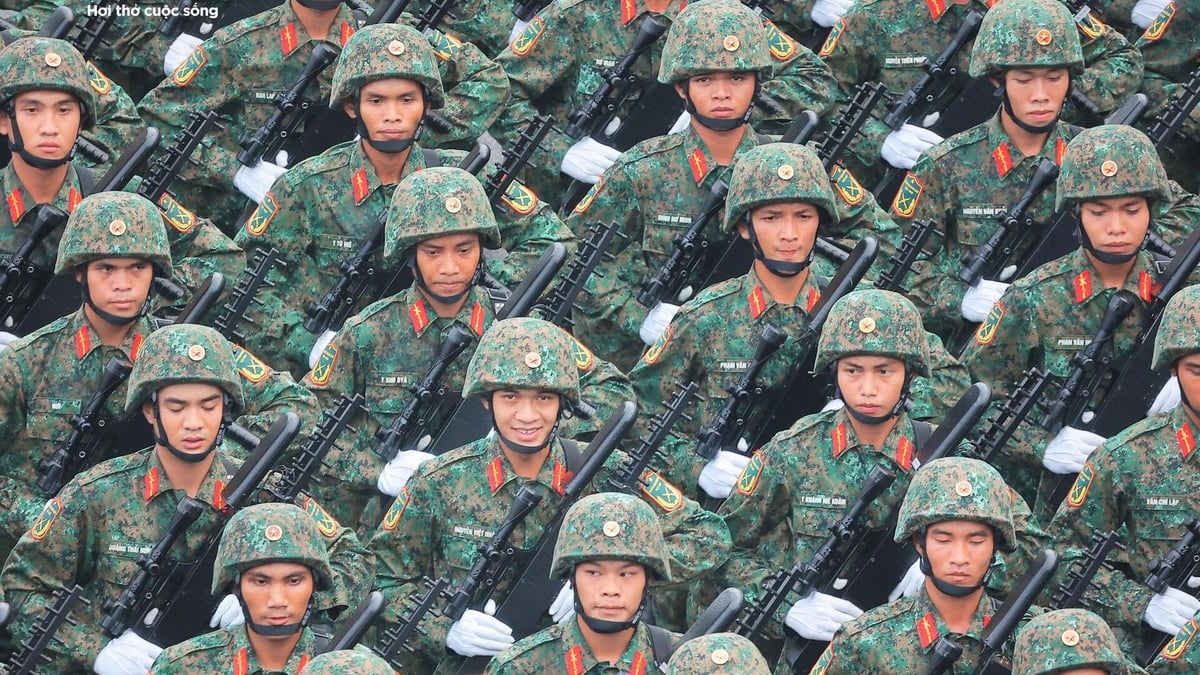
![[Photo] People eagerly lined up to receive special publications of Nhan Dan Newspaper](https://vphoto.vietnam.vn/thumb/1200x675/vietnam/resource/IMAGE/2025/8/30/53437c4c70834dacab351b96e943ec5c)
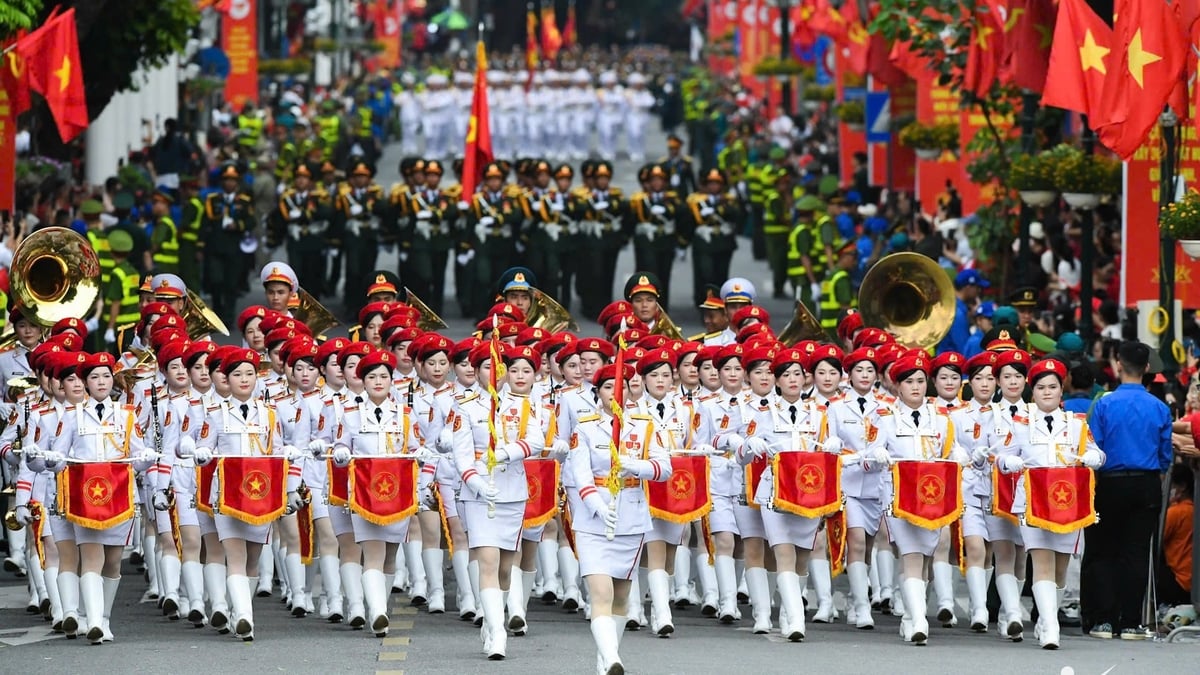
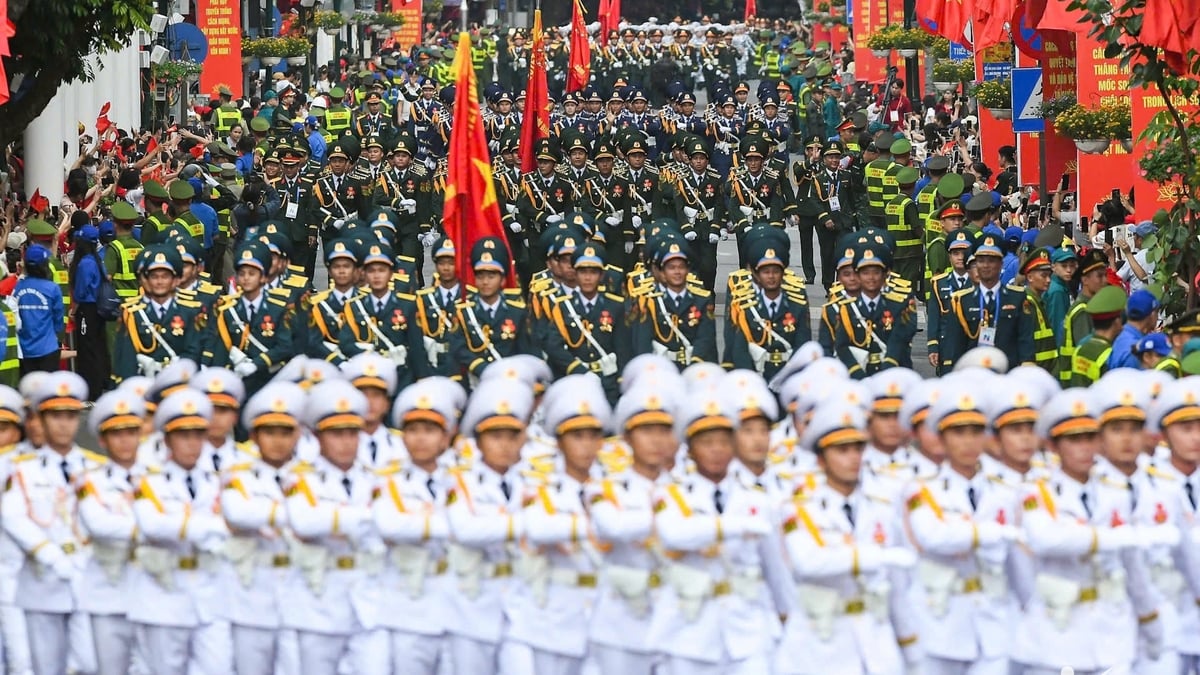

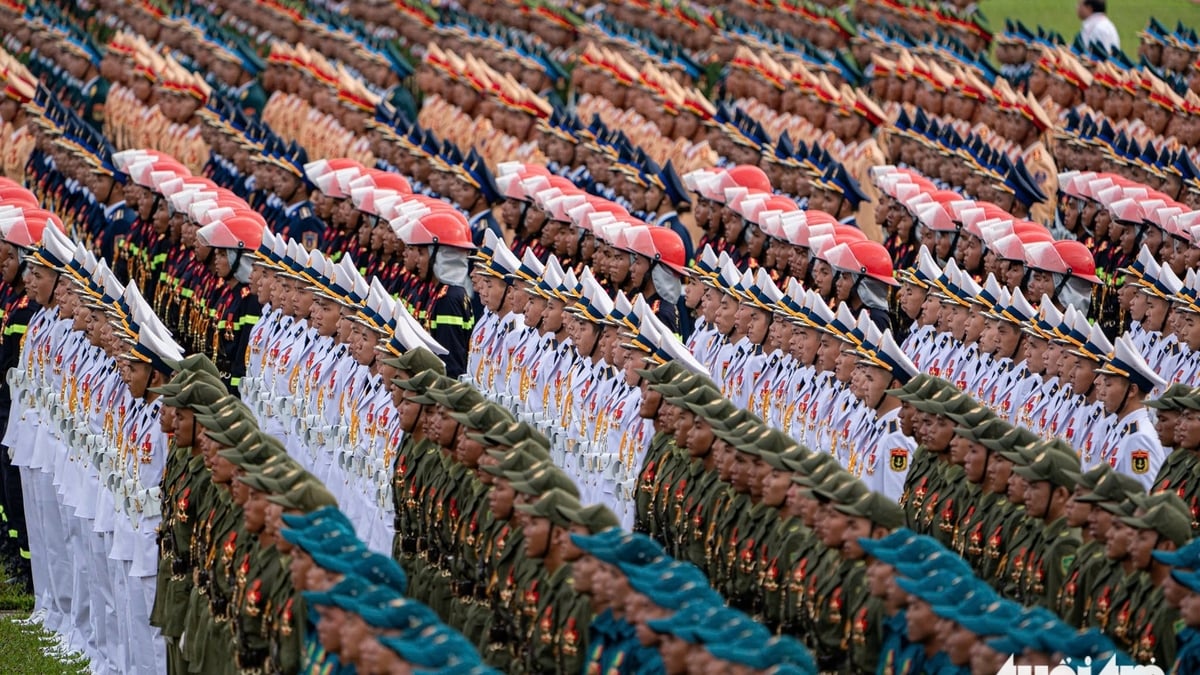
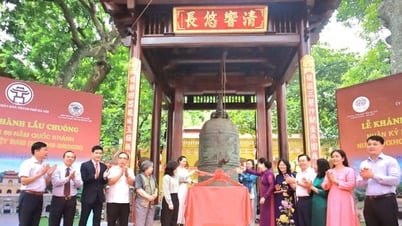

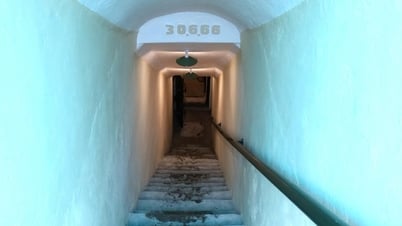

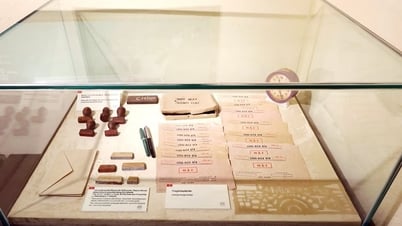

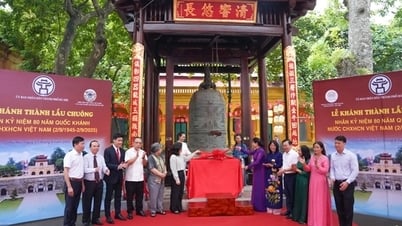
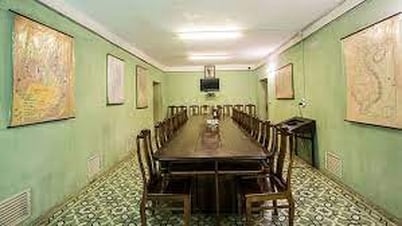


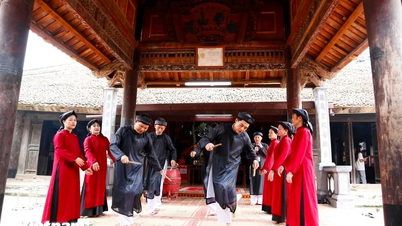



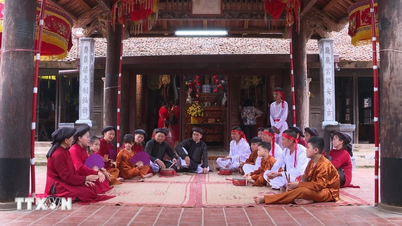


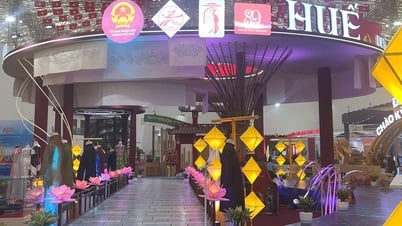

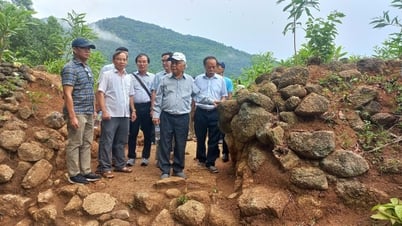
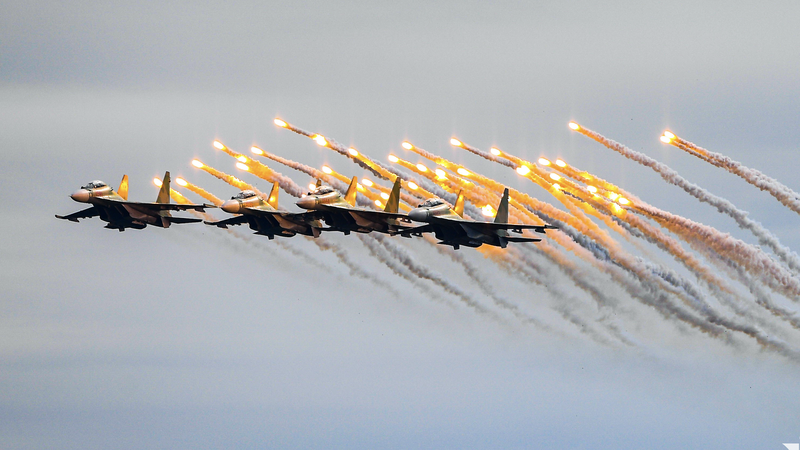
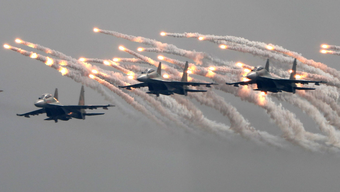


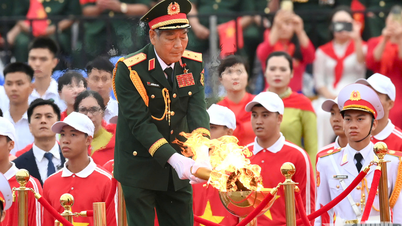

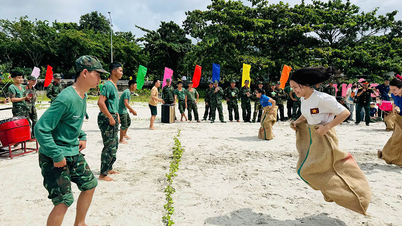

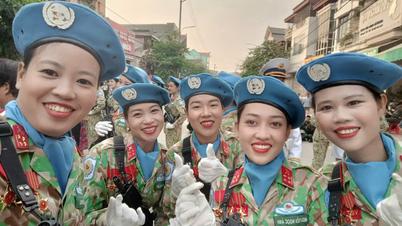

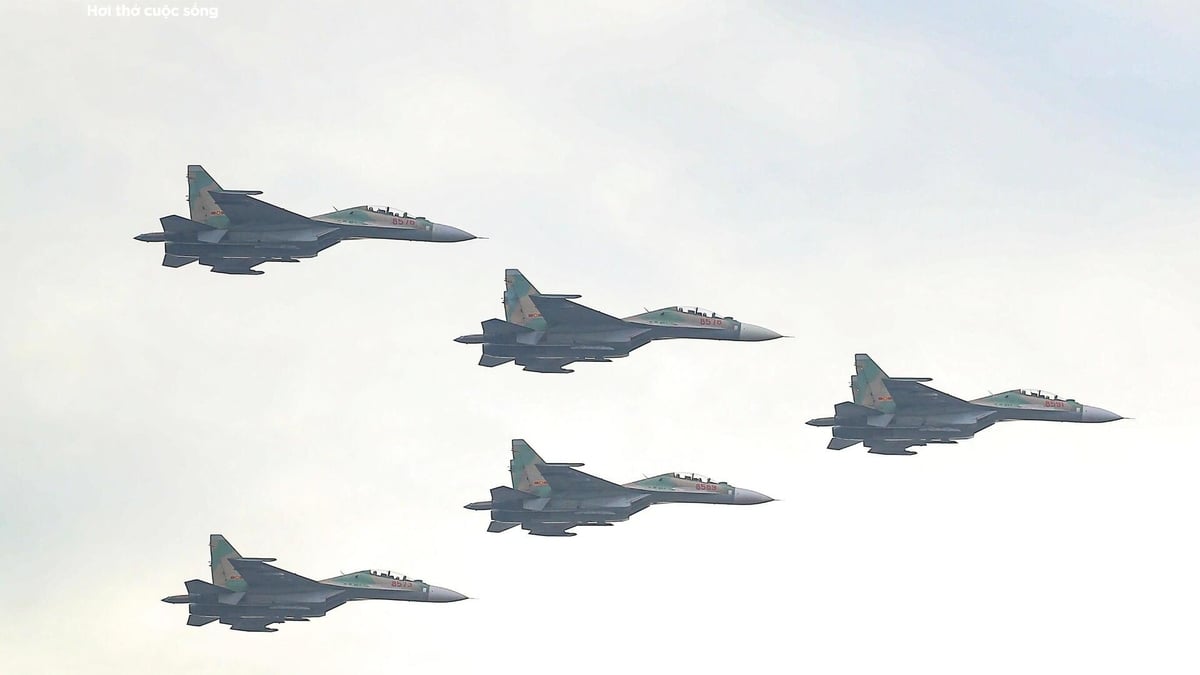
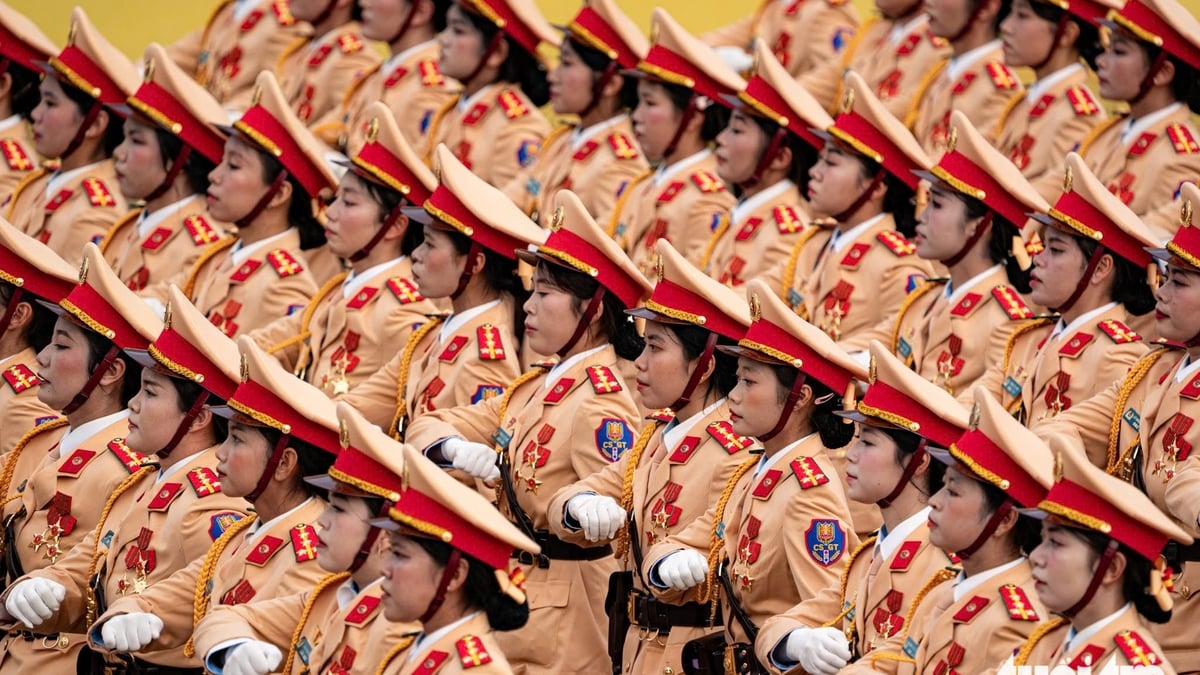
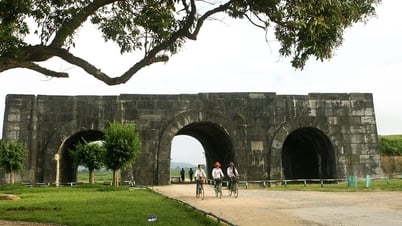


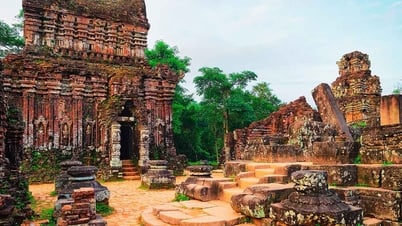






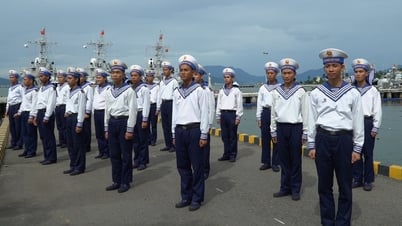












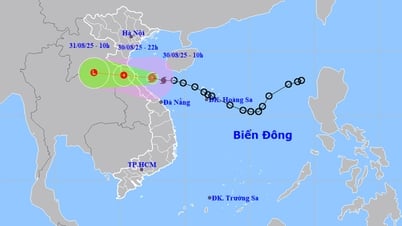

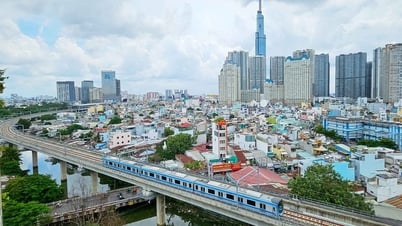

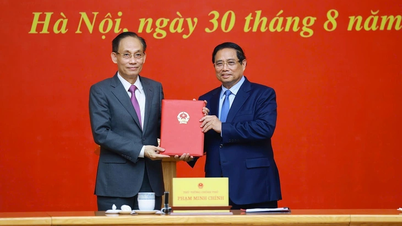



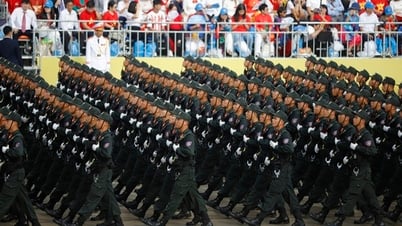








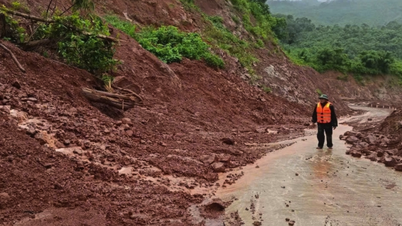

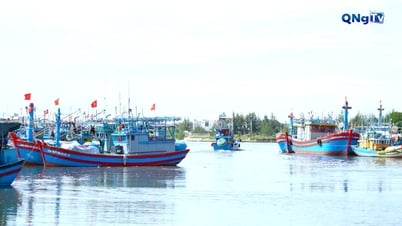














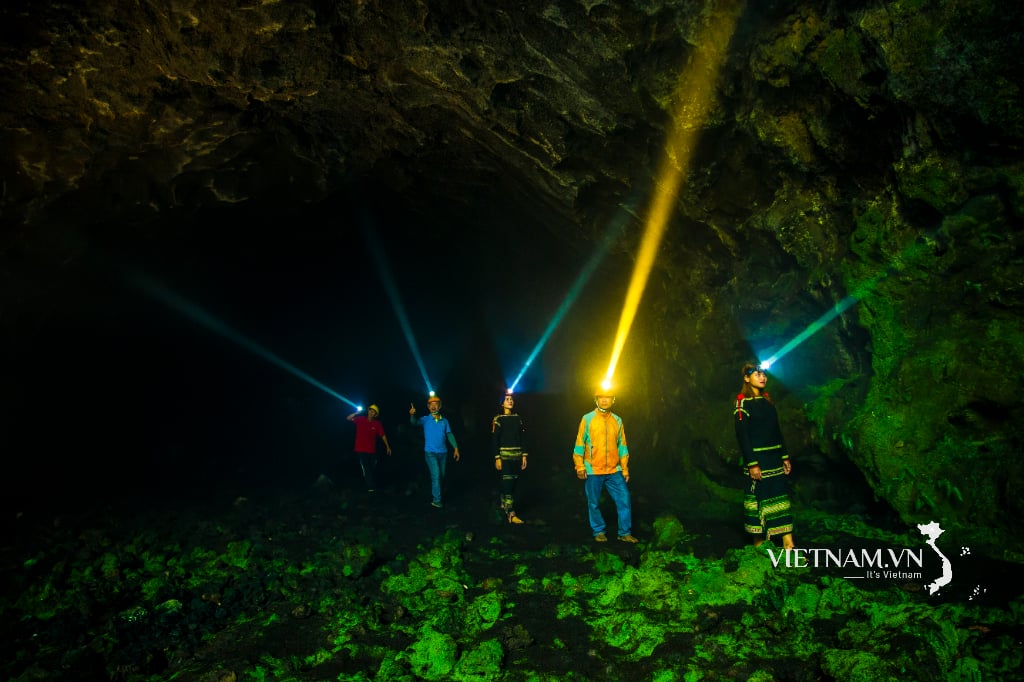


Comment (0)